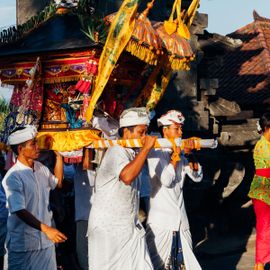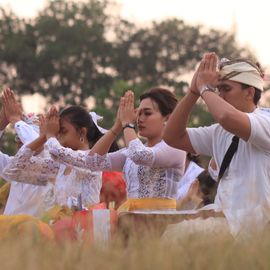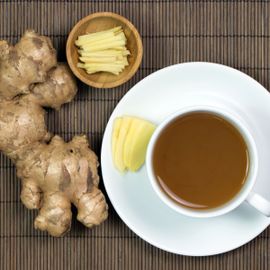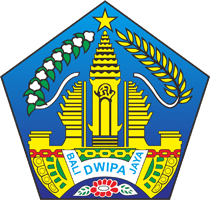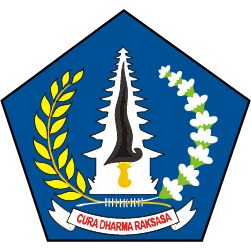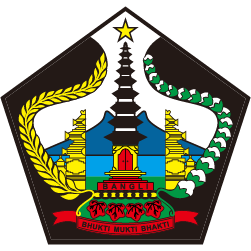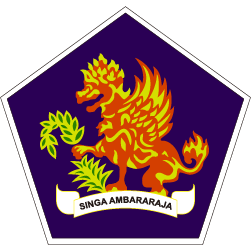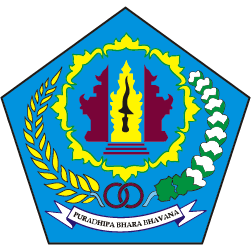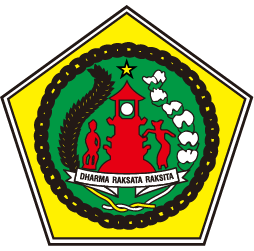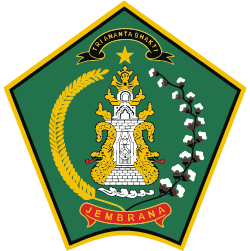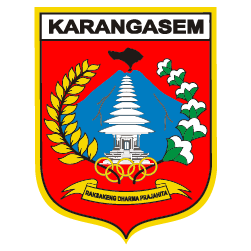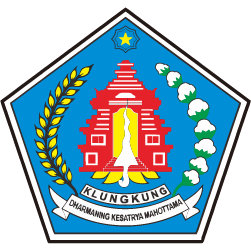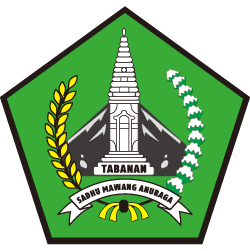Tradition Of Dewa Masraman In Paksebali Village Klungkung: Celebrating Happiness By Fighting
Tradition Of Dewa Masraman In Paksebali Village Klungkung: Celebrating Happiness By Fighting.
There are many different ways to express gratitude and happiness. In Bali, precisely in the Banjar Panti Timrah in Paksebali Village, Klungkung Regency, there is a unique way of expressing happiness. There is one special tradition that they routinely carry out to express it, namely through the traditions of Dewa Masraman.
This tradition actually has several names. Local people call this tradition by the name of Dewa Masraman. The term "perang jempana" is a name called by domestic tourists. While the Battle of Palanquins is more often heard in the ears of foreign tourists. This ritual is celebrated in the Panti Timrah Temple and is estimated to have lasted from the year 1,500. The Banjar Panti Timrah community usually holds this event once every 210 days, to coincide with the Saniscara Kliwon Kuningan or Kuningan Day.
This tradition began with a journey made by 18 family heads from the Timbrah Indigenous Village in Karangasem. At that time, they traveled to the border area between Karangasem and Klungkung. Raja Klungkung then accepted the group's arrival and allowed them to stay in Paksebali Village. Subsequently, the group settled permanently and then established the Banjar Panti Timbrah in Paksebali Village.
The implementation of this tradition is a form of happiness that is felt by the residents of the Timbrah Indigenous Village in Karangasem. Because they have been received and gained a place in Paksebali Village. In its implementation, it takes seven pieces of jempana or linggih which is the stana of Ida Bhatara. These jempana are decorated and carried by young people to be purified in Tukad Unda or Taman Segening and accompanied by the local residents. The aim is to pray for holy water, cleanse the body and soul before the peak ritual process is performed. After cleansing, the jempana is escorted back to the temple to be rotated three times. This implies meaning to the path of peace, where life is inseparable from the elements of birth, life, and death.
Arriving at Jaba Tengah Temple, jempana was welcomed by the Rejang Dewa and dance performed by young girls. Then followed by the Baris Dance which is performed by young people. The peak of the event is when the jempana is paraded as if a war had taken place. The dancers began flocking to dance around the jempana. These jempanas chase each other and bump into each other, twisting into one. Until later, there was a push action accompanied by boisterous Baleganjur percussion. The tension looks very exciting, then you can hear the laughing from every face of those who participated. After the war, the linggih is then paraded around the temple in a clockwise direction. Then the six jempana were offered at Bale Pengaruman Agung. While one jempana as a stana Ida Batara Lingsir is placed separately in Bale Pajenengan.
Not everyone can join the Tradition of Dewa Masraman. Only those who are in a state of holiness. People whose families have just died or given birth are not allowed to watch or even attend this event. Then, the men who participate in this tradition are required to be bare-chested.
What do you think? Looks fun, right? Although in its implementation it is quite boisterous, apparently this tradition can bring laughter of happiness to the people in the Paksebali Village.
